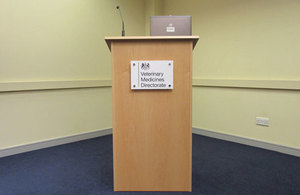Workers who use the direct commuter service to the Sellafield site will pay £2.50 for each journey, starting Monday 7th January.
There are also some changes to timetables.
This is the latest of a raft of new travel to work options for staff.
The commuter service was offered free of charge on a trial basis, to encourage employees to use it to minimise the impact of the changes.
The service operates from Workington, Cockermouth, Lillyhall, Whitehaven, Frizington, Cleator Moor, Egremont, Gosforth, Seascale and Millom, as well as stops along these routes.
Buses will remain free from the following park and ride locations – Kangol, Egremont and Greengarth (including stops after these locations).
Moresby Parks and Kangol timetable (PDF, 352KB, 1 page)
People can pay on the bus using their debit card, credit card or a contactless payment app on their smartphone.
Eight new park and ride bus services were also put in place, with workers also being encouraged to take advantage of car-sharing, train services, unrestricted cycling, motorcycle or pedestrian access.
Steve Bostock, site director, said:
As part of our site access changes, we introduced a series of new bus services. It has always been our intention to charge for these after an introductory period, and we have now confirmed the details.
We believe that these charges are fair and reasonable, and are cost effective for most people.
I’d like to thank everyone who has been choosing to use the bus services to help make the changes a success, and hope they will continue to do this.
The site access changes were introduced to help reduce the number of vehicles driving to or accessing the Sellafield site each day.
Space on the site is at a premium and required for delivery of the company’s mission.

